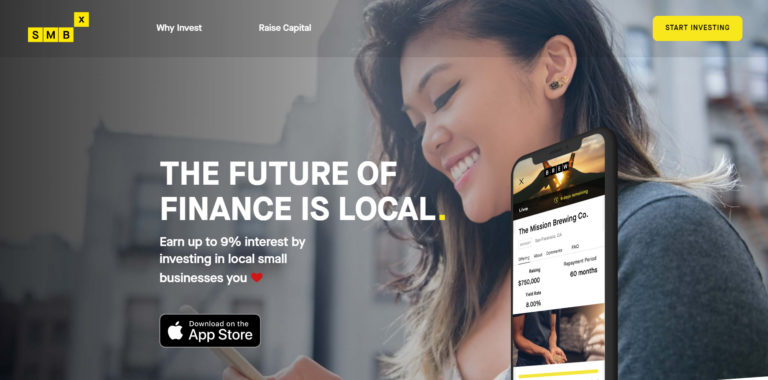Some of my web design clients are established businesses, but some are people who are just starting out. As you can guess, they have a minimal budget (if any) for promotion and already many costs with their product/service.
As I started out with almost no bucks (you can read my story here: Freelancing Success Story: From Debt to a Successful Business), it was crucial to get the word out about my web design services and not have to pay a truckload of money to do so.
This is why I looked at some strategies that would allow me to get some initial traction and not pay a lot of money for this.
Of course, back then, I was oblivious of the term growth hacking, I was just trying to promote for free or with minimal costs.
Here are 5 growth hacking strategies that will help you in your small business:
Create a mailing list
If you look at some of my posts in various webmaster forums you’ll notice that 2 years ago I had a HUGE aversion towards mailing lists, subscriptions and all the jazz.
Since I wasn’t willing to join a newsletter if you put a gun to my head, I (wrongly) thought that most people are like me.
Well, they are not.
As long as you keep your newsletter content fresh and relevant, people will have absolutely no qualms with your email marketing strategies.
I saw this in action, when I prepared my freelancing course and got paying students within minutes after opening ‘the gates’.
What did I do there?
I kept an email subscription form on the homepage, presenting the course and why it’s cool to join, then people started subscribing, to find out when the launch is.
With a nice discount as well, I was able to get customers pretty fast.
Money spent advertising? Zero bucks.
Actively blog about your industry
Most people cringe when it comes to running an active blog, but it’s one of the BEST ways to establish yourself as a specialist in your industry and get prospective clients easily. (Here are some top benefits of running a blog)
I have been blogging for more than a decade and most of my clients come from the people who have been following my activity online and felt I’m good enough to take care of their online presence.
Don’t stop here: become active in some reputable online forums in your niche and establish yourself as an authority as well. You’ll get some free promotion for your website (you’ll probably get a signature link) and targeted leads for your business.
Make your service freemium
Freemium is a business model whereby basic services are provided free of charge while more advanced features must be paid for.
You can take Evernote, Dropbox, Asana or MailChimp, 3 services I actually use, as great examples of freemium services.
You’ll do a lot of great work with the free options, but, if you want access to some really cool premium options, you’ll need to pay.
There are few great advantages of this business model:
- it’s easier to get more early adopters/users interested in your product, let’s admit it, we all love a good free product/service;
- these users give your service more leverage to grow, and at least some of them can be enticed to pay for what they use
- free beta-testing. Every product/service that’s just been released is most likely riddled with bugs. These freemium users will help you test and improve.
The main disadvantages are:
- it can become costly to host/manage all these users
- some might try to abuse your services
- some might love you free version too much and won’t be convinced to pay
Yet, it’s a business model that, used right, can help you grow faster than just keeping the service/product for paying customers.
Leverage referral systems
A great idea from Dropbox:
What did they do?
A simple way to get more people to use their service: rewarding existing users with more space if they refer others to Dropbox.
They understood what users wanted: more space and gave it to them for free in exchange for some free publicity. The extra storage became active as soon as the new referral signed up successfully.
Another way to entice people to refer your services/products is to actually pay a percentage from the income they generate. You can set a 5%-10% commission for instance, prepare links/banners and let your ‘promoters’ do the work.
Guest blog
Mint and Buffer build an incredible user base just with this simple growth hack – publishing quality and relevant guest articles on various blogs in their niche.
You can get the word out about your service/product by creating excellent articles and pitching bloggers about them.
In some cases you’ll have to pay a fee to get published, but there are also many websites that allow you to promote for free, in exchange for an excellent piece of content.
Get these 5 hacks right and you’ll be able to get some traction fast, without having to spend money.





